RD Reissue: A Yamaha R3 engine powers this RD350 tribute

[ad_1]
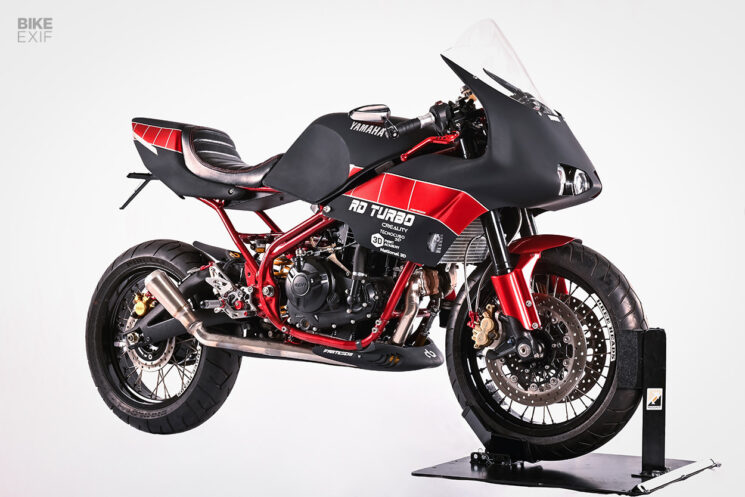
Any dialog about the nice previous days of motorcycling will finally embody the phrases “they don’t construct ’em like they used to.” After which somebody will point out the Yamaha RD350.
The fiery two-stroke was beloved when it was launched, bought even wilder because it advanced, and has been missed ever because it was discontinued. Given the motorbike trade’s present obsession with nostalgia, the time is ripe for a contemporary tackle the long-lasting RD—however there aren’t any indicators that Yamaha plans to resurrect it. In any case, ever-tightening emissions legal guidelines have put the kibosh on two-stroke improvement.
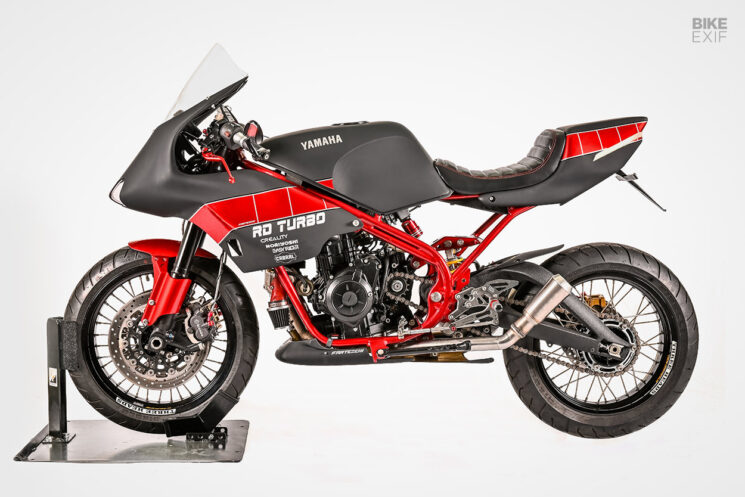
Customized builder Renato Frateschi remembers the RD350 properly—notably the later RD350 YPVS F2, which made waves in his native nation of Brazil when it was launched in 1987. (When you don’t comprehend it, it was referred to as the RZ350 within the USA.) With over 60 horses on faucet and a paltry curb weight, it was an instantaneous hit.
Like many, Renato misses the RD350. So when he and a consumer couldn’t fairly choose a route for a customized construct, he got here up with a radical proposal. “Look, I’ve an RD350 chassis and gasoline tank right here,” Renato advised his consumer, “and I believe we are able to do one thing superb with it.”
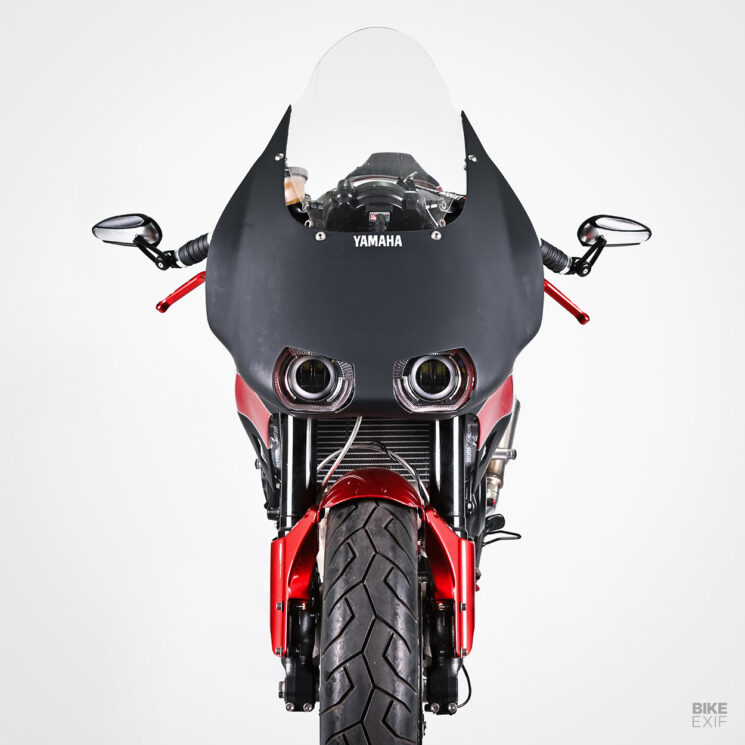
The consumer agreed, and Renato set about sourcing an engine for the bike. Since the price of an unique, good situation RD350 energy plant would have wrecked the funds, the thought was to create a contemporary tribute to the long-lasting Yamaha. So he settled on utilizing the four-stroke, twin-cylinder mill from the entry degree Yamaha R3 sportbike.
Housing the fashionable parallel twin in a classic RD350 body took some doing, however that wasn’t Renato’s solely problem. These following the mission have been fast to level out that the R3’s efficiency is a good distance off from the RD350’s. So Renato did the one logical factor he may: he added a turbocharger.
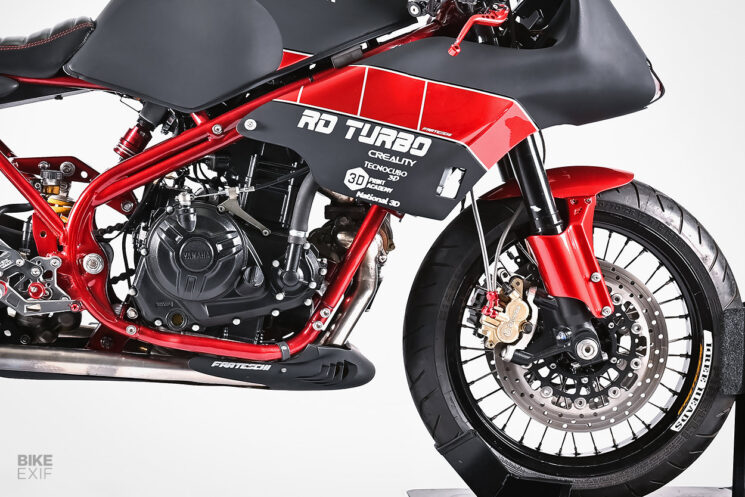
A small turbocharger was imported from Japan, and mounted discreetly simply in entrance of the engine’s exhaust ports. Renato put it there to combine it into the bike’s design—however the placement additionally helped to attenuate turbo lag.
Subsequent, he needed to discover house for the air consumption, injectors, sensors, and an ECU chip that might enable him to tune the bike (by way of smartphone). So he designed and 3D-printed a tidy field to deal with every thing. The R3 engine nonetheless appears petite, however now packs a sneaky punch.
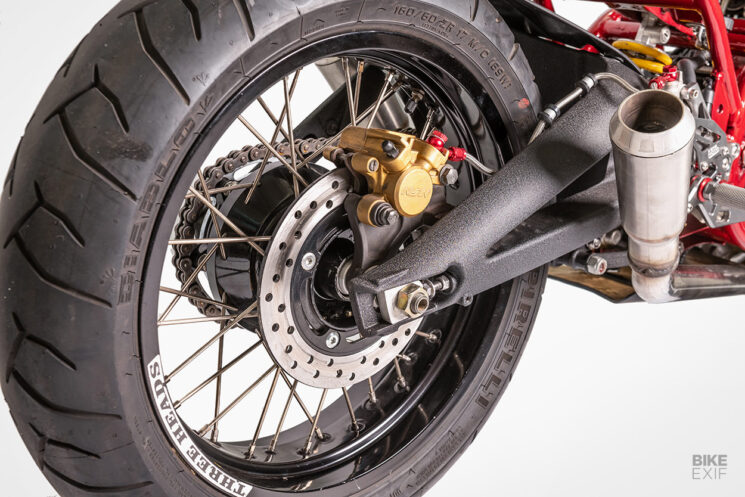
As for the chassis, Renato carried out a slew of modifications to accommodate the engine, and to bolster the body for a safer trip. He additionally managed to tug it off with out ruining the RD350’s basic traces.
The fashionable theme continues with a number of upgrades to the Yamaha’s working gear. It now rolls on 17” wheels (not like the RD350’s unique 18” items), with a Triumph Daytona 675 swingarm and shock out again. The entrance brake calipers are Brembo items; they’re mounted on CNC-machined aluminum spacers, and pinch 300 mm discs.

For the bodywork, Renato turned to digital strategies to get every thing good. First, he created a rendering of the complete bike, in order that the client may see precisely what he was shopping for into. As soon as that was signed off, the fairing, tail part, entrance fender and stomach pan have been all 3D printed in a troublesome ABS plastic.
The tail piece takes inspiration from Yamaha’s iconic race-spec TZ sequence, and includes a distinctive wraparound taillight design. The entrance finish echoes the design of the Suter MMX 500 race bike, whereas twin headlights pay homage to the 1987 RD350 YPVS F2. Sitting middle stage is the unique RD gasoline tank, modified to simply accept the R3’s gasoline pump.
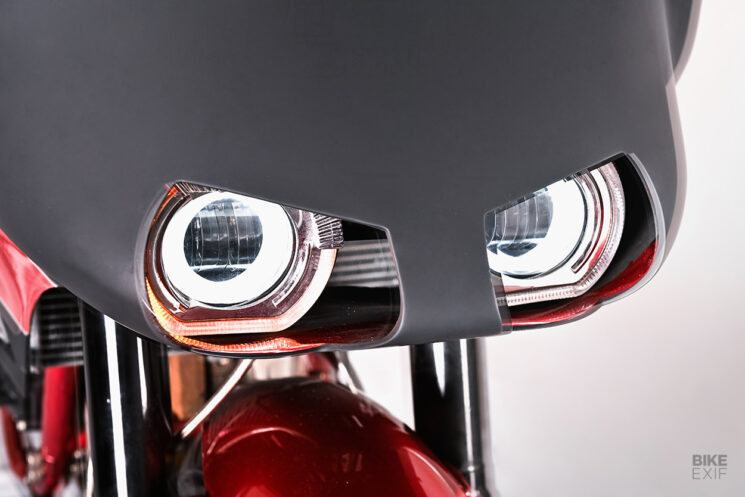
Ending package features a CNC-machined prime yoke, with new clip-ons, grips and bar-end mirrors. The exhaust system is customized; its twin mufflers supply a small hat tip to the RD350’s twin pipes.
Renato has nicknamed his creation ‘RD Turbo,’ and wrapped it in a livery to match. Shiny crimson ‘pace blocks’ sit on a matte black base; one other nod to the bike that impressed this construct.
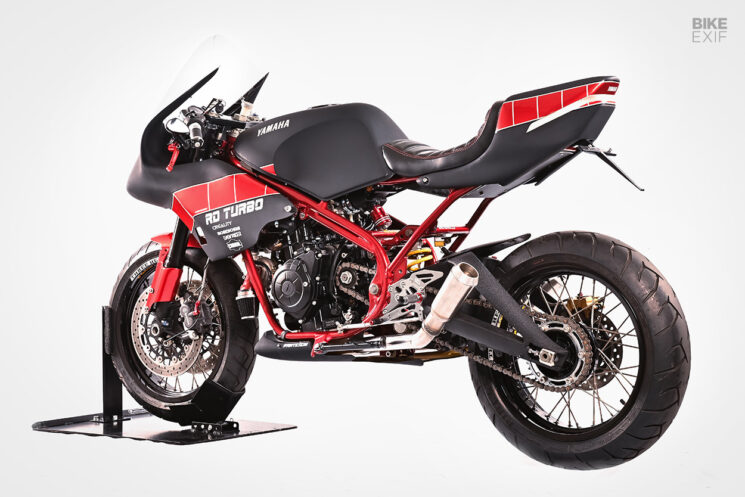
It took Renato two years to construct the RD Turbo, stretching the bounds of his and his suppliers’ expertise. There have been hurdles aplenty—from determining easy methods to mate a brand new engine to an previous body, to 3D-printing elements with an unusually massive floor areas.
However ultimately, all of it got here collectively—proving that it is doable to construct a contemporary tackle the legendary RD350.
Frateschi Storage Fb | Instagram | Photographs by Gustavo Epifanio
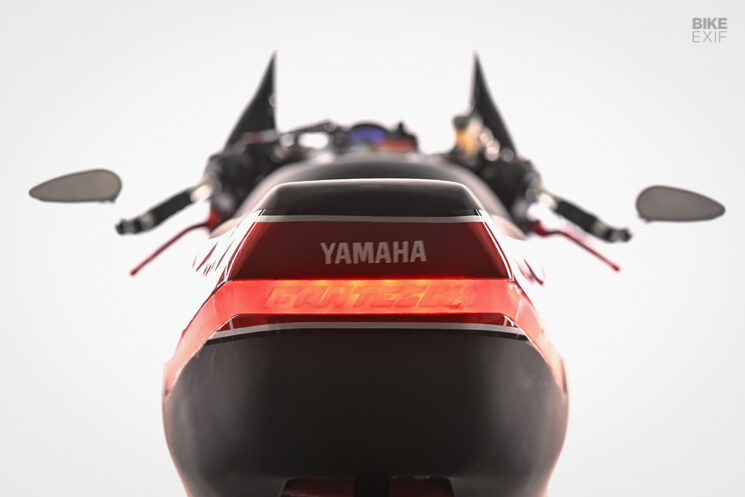
[ad_2]
Source_link




